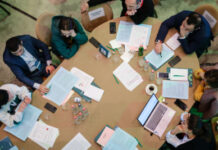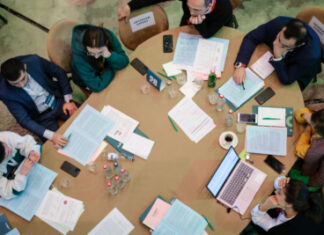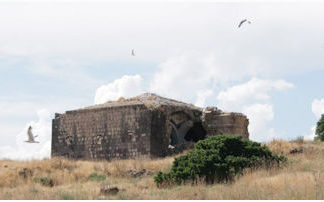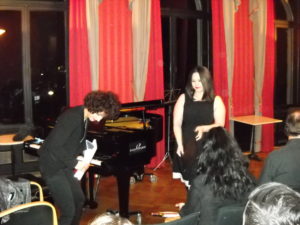
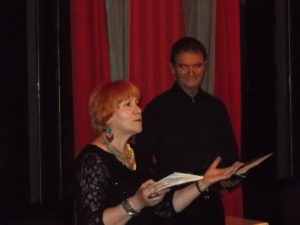
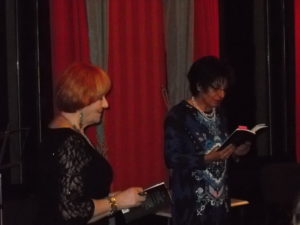
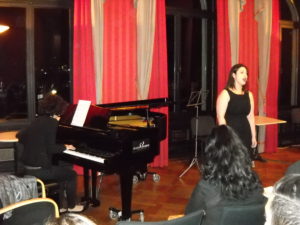
By Muriel Mirak-Weissbach
Special to the Mirror-Spectator
WIESBADEN, Germany — The saying goes that “there is no more beautiful woman than the Armenian language.” If that is the case, German author Jochen Mangelsen writes, then the two women who have just published a new German translation of poems by Paruyr Sevak “have tackled a really audacious task.” It is an adventure, he goes on, not only for the translators but for the reader who encounters this language “full of secrets, surrealistic images, dreams and dreamlike playfulness.” Mandelsen, who has published on the Armenian Genocide, made these remarks in his introduction, or rather, “greetings,” to the new book.
Indeed the slim volume, Paruyr Sevak: And It Pierces My Soul: 24 and 4 Poems Armenian-German published by Schiler Verlag in Berlin, is a huge achievement. The sub-title symbolically recalls the tragic date of 24.4, or April 24, 1915, when the leading members of the intelligentsia were rounded up in Constantinople, arrested and almost all put to death. Heide Rieck, a prize-winning German author of 12 books, including drama, poetry, prose and essays, worked on this project for two years together with Agapi Mkrtchian, an Armenian author of numerous volumes of short stories and poems, in both German and Armenian. Mkrtchian, who studied in Yerevan, Jena and Frankfurt and teaches German literature in Wiesbaden, was recently honored in Yerevan by the Armenian Writers Union with the Vasdakovor order, as an author of outstanding merit. The book concludes with two appreciations from Armenian scholars, literary critic Ani Pashyan, and Prof. Samuel Muardyan, from the Yerevan State University Chair for Armenian Literature.
The translators have succeeded in producing a work that is rigorously faithful to the original, in content and rhythm, yet at the same time poetically effective in German. This was demonstrated with great power during a musical reading of selections on November 20 at the Literaturhaus in Wiesbaden, Germany. The event at this meeting place for writers, housed in the beautiful, historic Villa Clementine, was a benefit evening sponsored by the Mirak-Weissbach Foundation, which supports Armenian youth in education, including musical education. The participants who recited poems donated their talents to the cause, and Dinges & Frick printers produced beautiful posters and flyers as their contribution.




